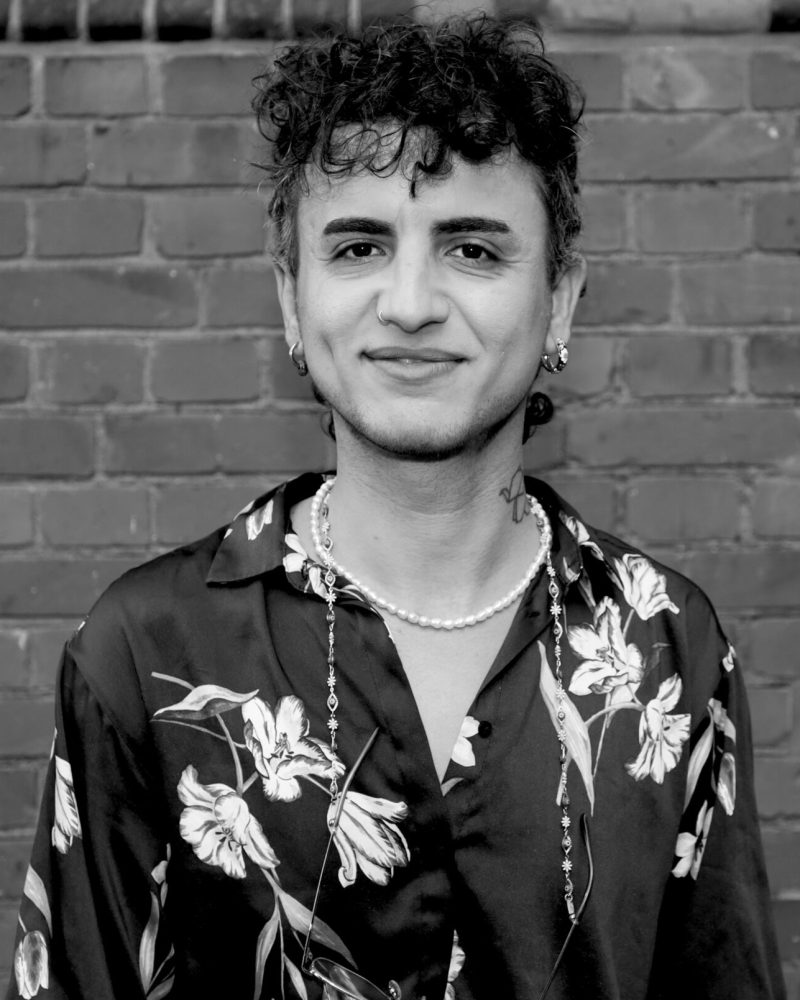Research Project
This project develops material-assisted microbial biofilms that optimize light and mass transport, enabling efficient, cooperative photobiocatalysis for sustainable chemical production such as 6-hydroxyhexanoic acid.
The project seeks to understand and steer light and mass transport within photobiocatalytic multi-species biofilms to achieve higher chemical production rates. Advanced porous hydrogel scaffolds, inspired by the extracellular polymeric substance of natural microbial mats, will be engineered to guide light penetration and nutrient diffusion throughout deep biofilm layers.
Within these materials, cooperative microbial partners — engineered Synechocystis sp., wild-type Rhodopseudomonas palustris, and Pseudomonas taiwanensis — will form spatially organized consortia with complementary metabolic functions. By analyzing and directing their spatiotemporal metabolic interactions, we aim to optimize both biofilm architecture and overall biocatalytic performance.
The project will demonstrate enhanced photobiocatalytic production of 6-hydroxyhexanoic acid from cyclohexanone, a key precursor for the biodegradable polymer polycaprolactone. Ultimately, we will establish a model framework for designing material-assisted, cooperative biofilms that unify light management, mass transport, and microbial synergy to advance sustainable biomanufacturing.
Schematic representation of a microbial consortium in a porous hydrogel, which enhances light and mass transport within biofilms. Recombinant Synechocystis sp. and wildtype- Rhodopseudomonas palustris catalytically convert cyclohexanone to 6-hydroxyhexanoic acid, with biofilm formation supported by Pseudomonas taiwanensis is supported. The porous hydrogel structure promotes light and mass transfer, favors uniform cell growth in the biofilms, and thereby improves their biocatalytic productivity.
Insight into the BoostTransCoop research project.

